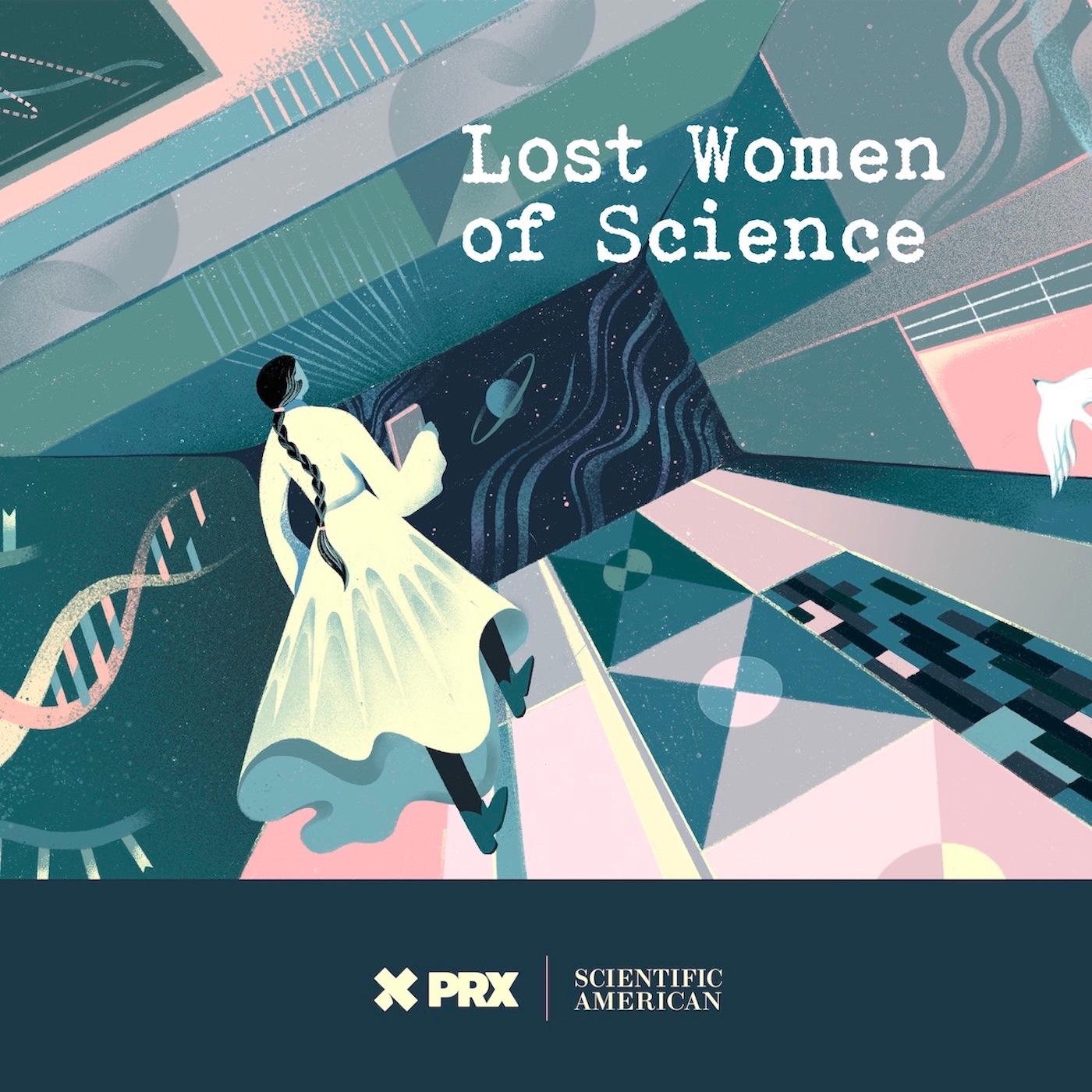
Lost Women of Science
Lost Women of ScienceFor every Marie Curie or Rosalind Franklin whose story has been told, hundreds of female scientists remain unknown to the public at large. In this series, we illuminate the lives and work of a diverse array of groundbreaking scientists who, because of time, place and gender, have gone largely unrecognized. Each season we focus on a different scientist, putting her narrative into context, explaining not just the science but also the social and historical conditions in which she lived and worked. We also bring these stories to the present, painting a full picture of how her work endures.
For every Marie Curie or Rosalind Franklin whose story has been told, hundreds of female scientists remain unknown to the public at large. In this series, we illuminate the lives and work of a diverse array of groundbreaking scientists who, because of time, place and gender, have gone largely unrecognized. Each season we focus on a different scientist, putting her narrative into context, explaining not just the science but also the social and historical conditions in which she lived and worked. We also bring these stories to the present, painting a full picture of how her work endures.

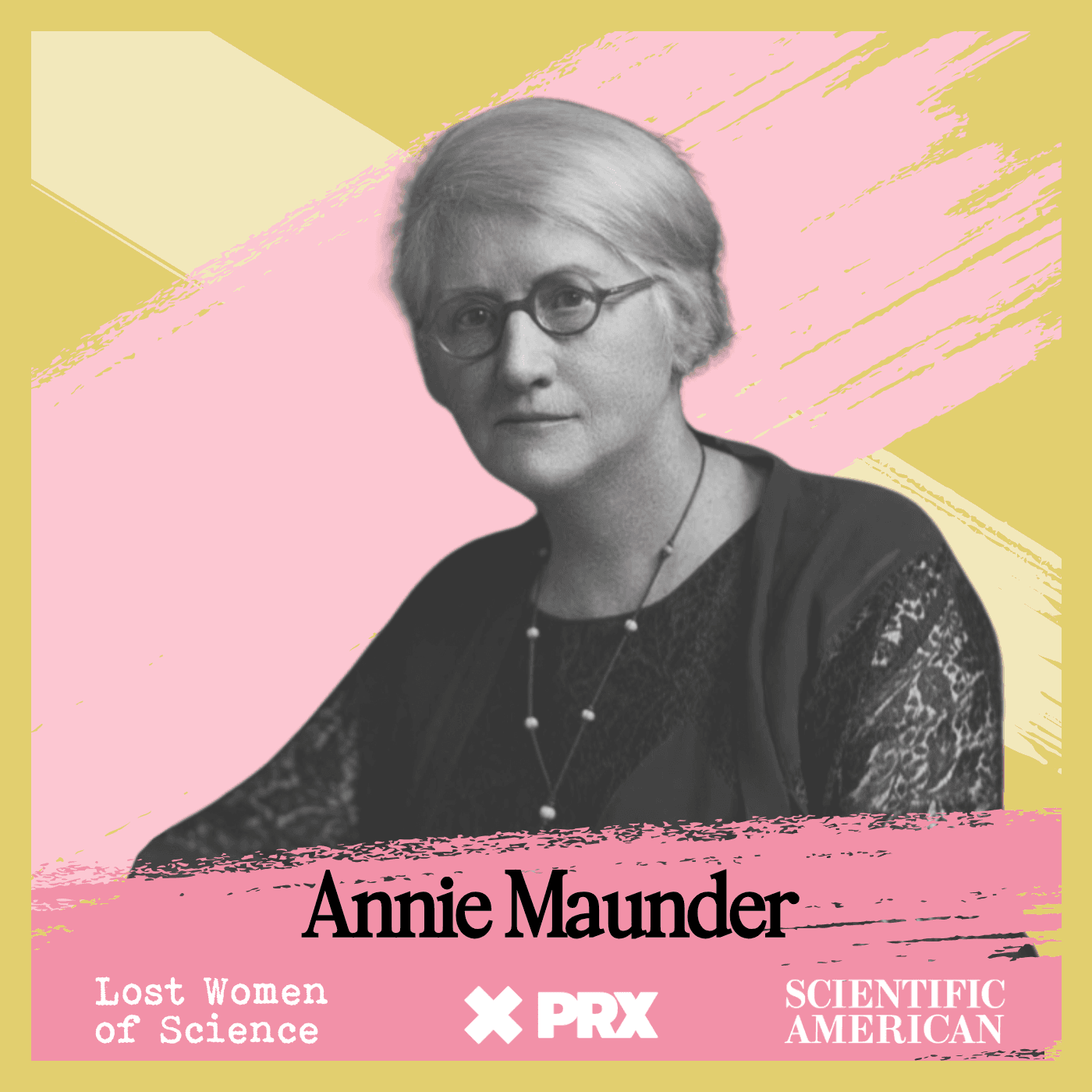









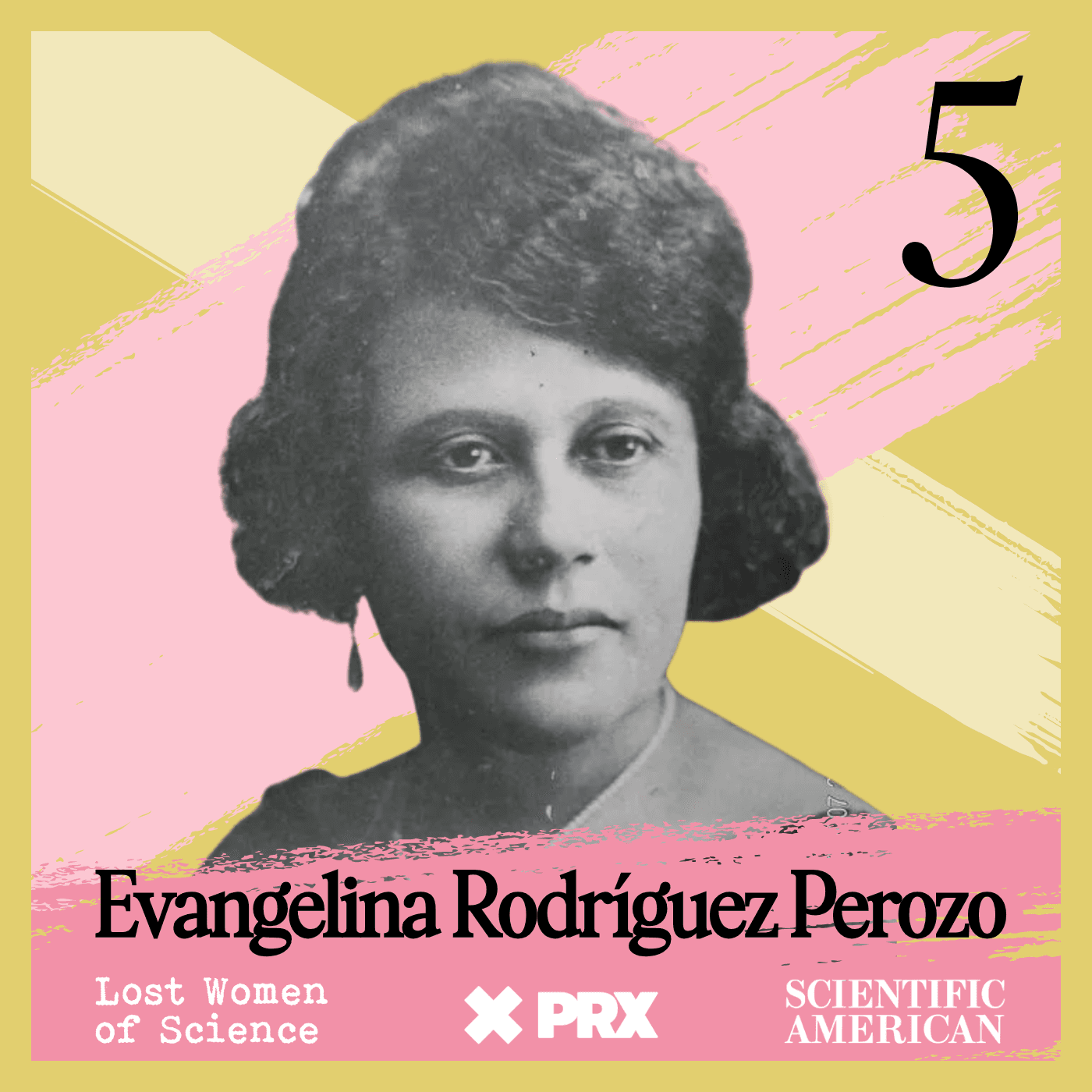













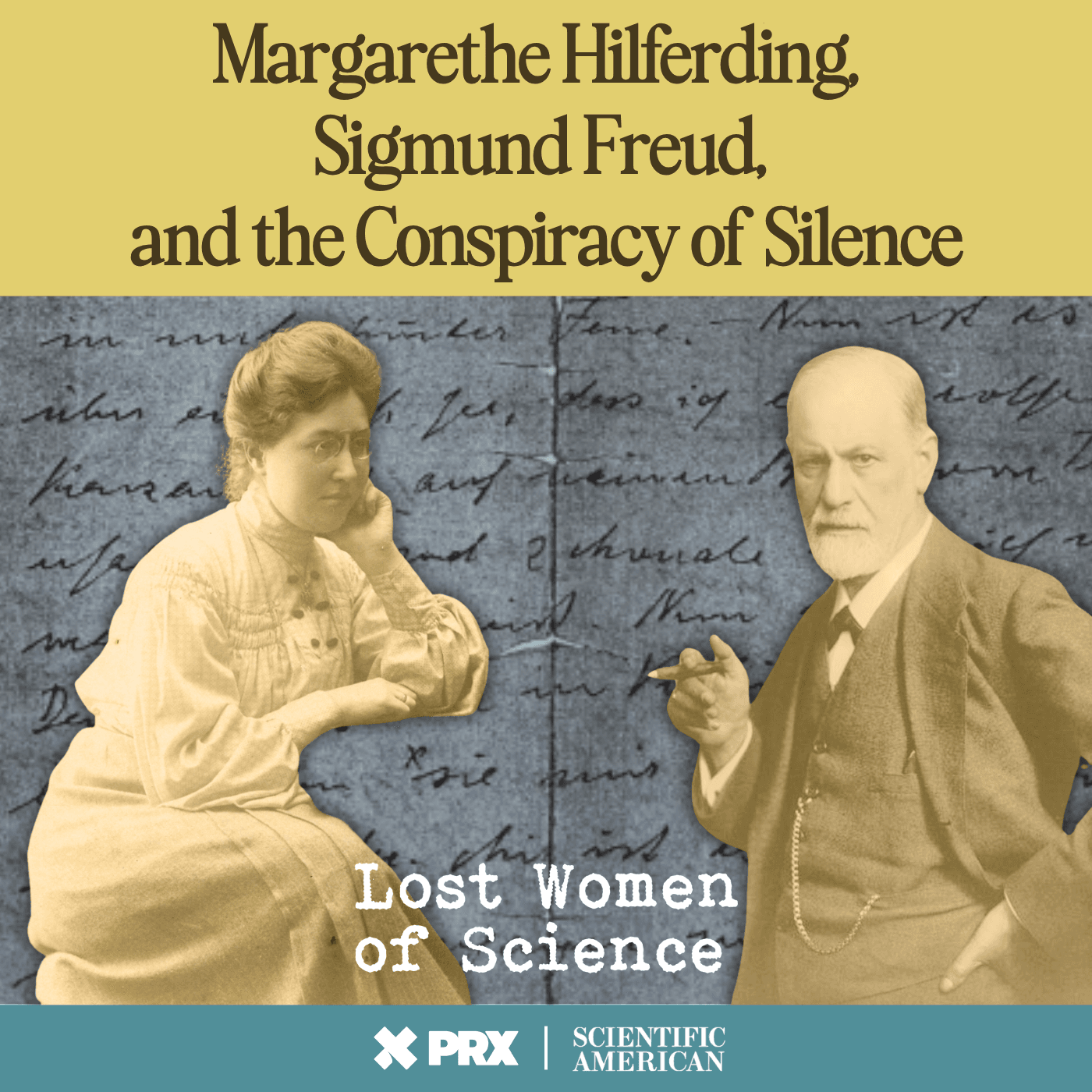





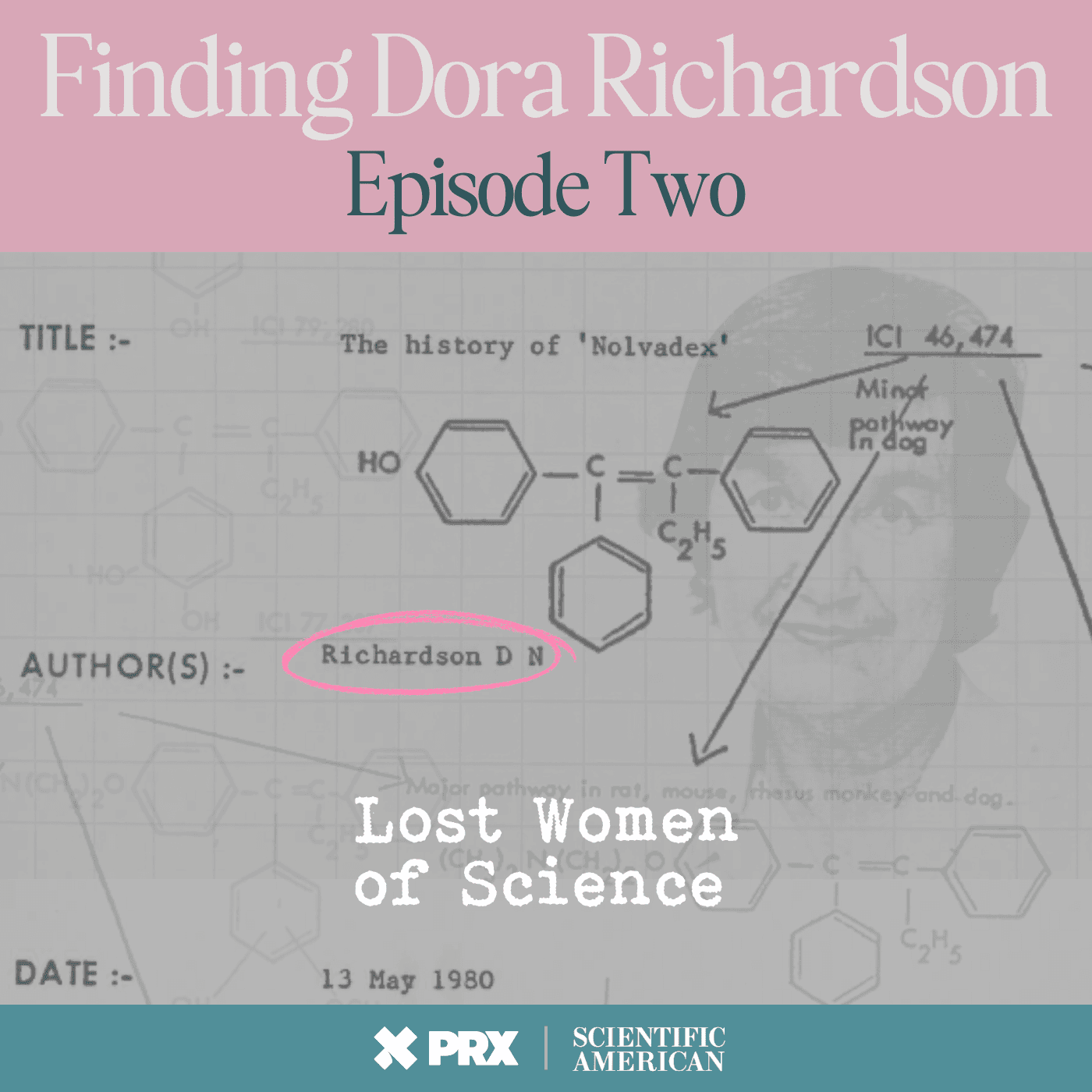
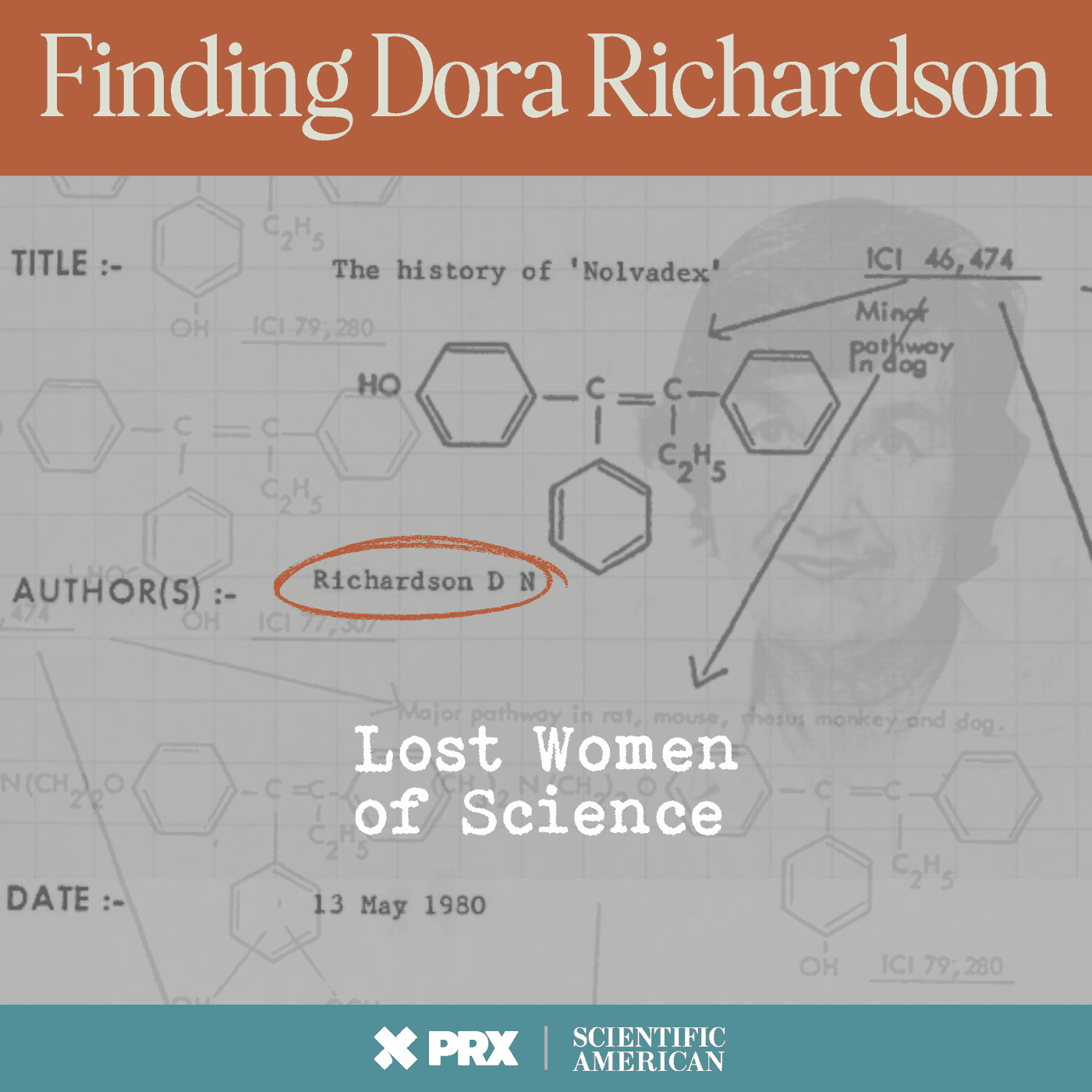



















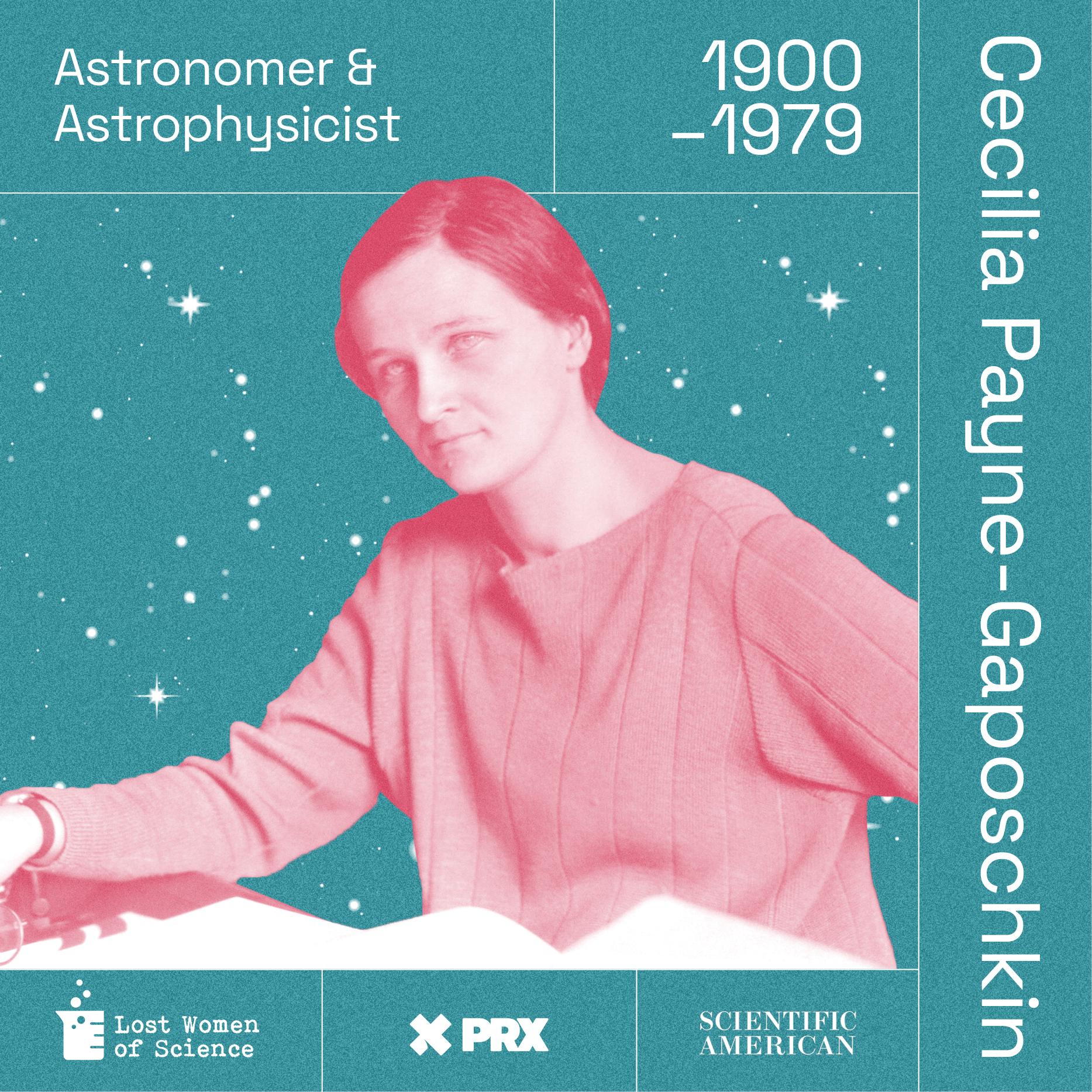
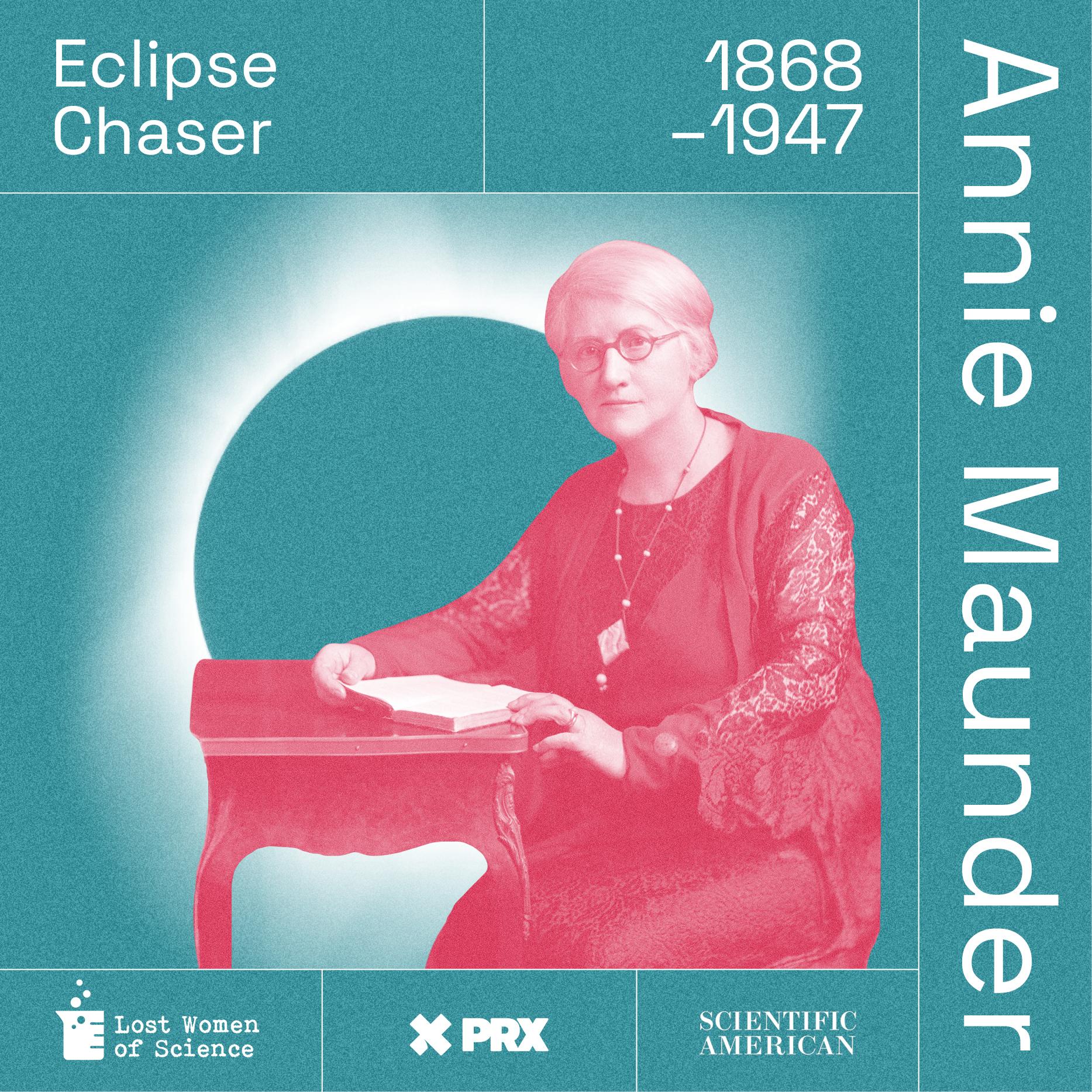
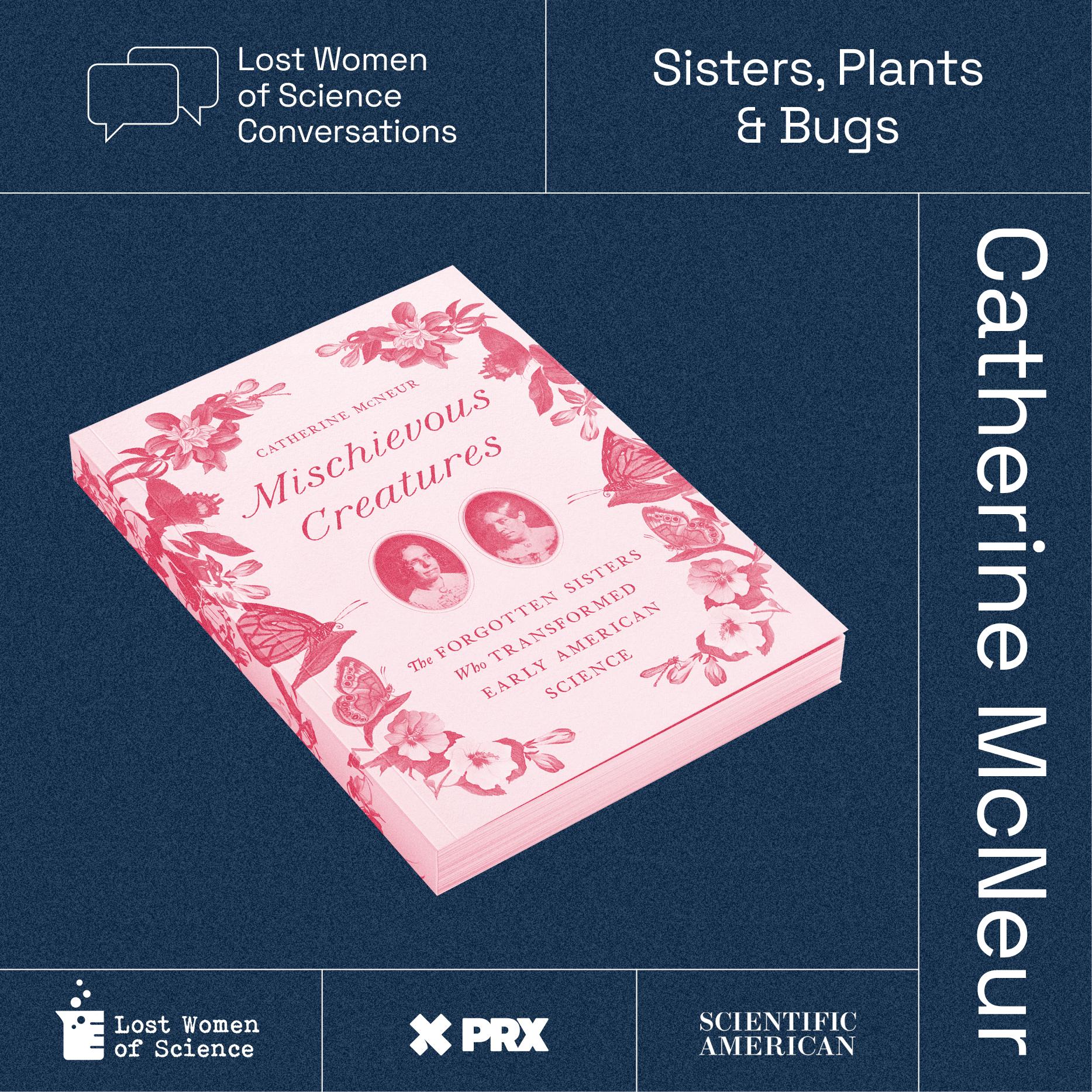











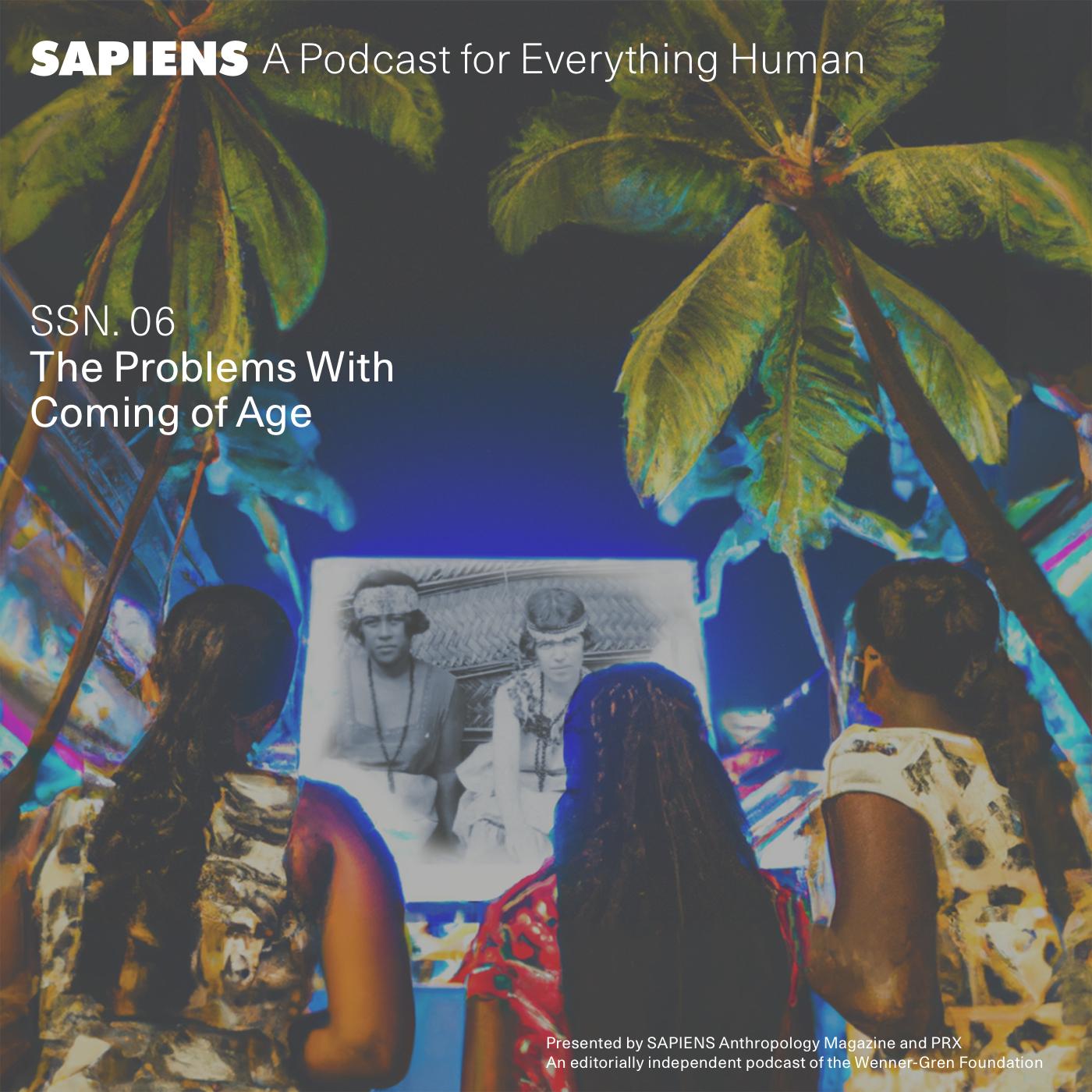











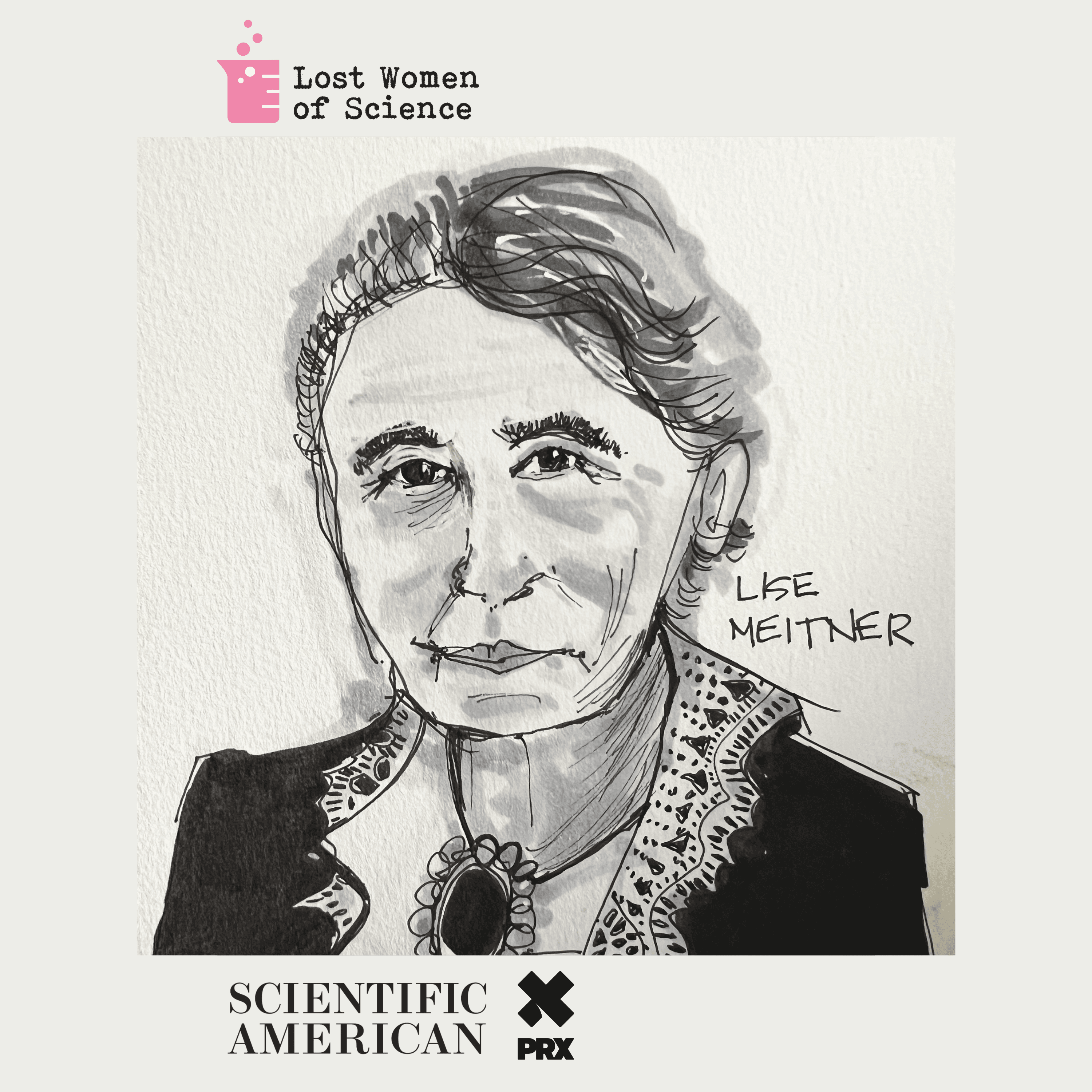




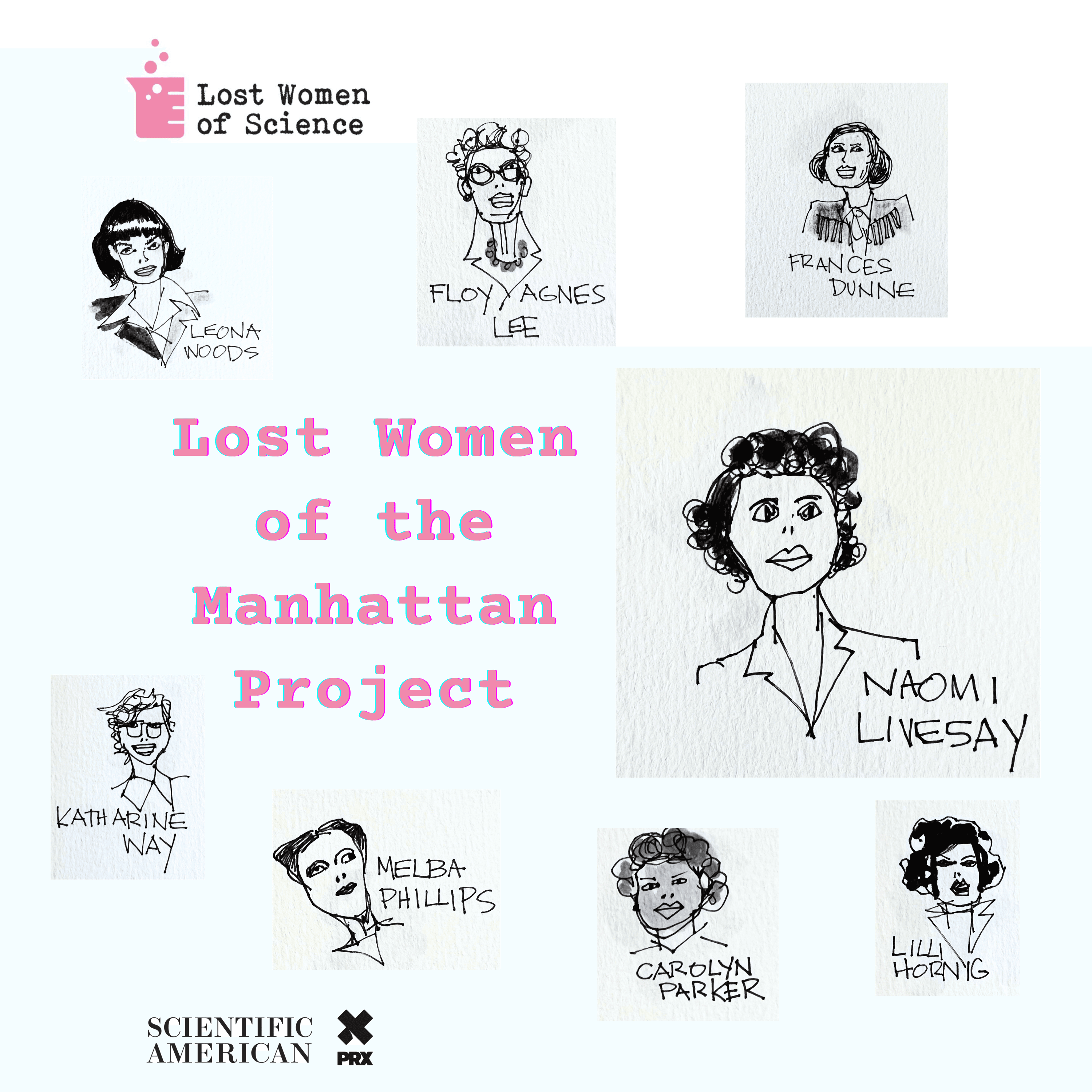




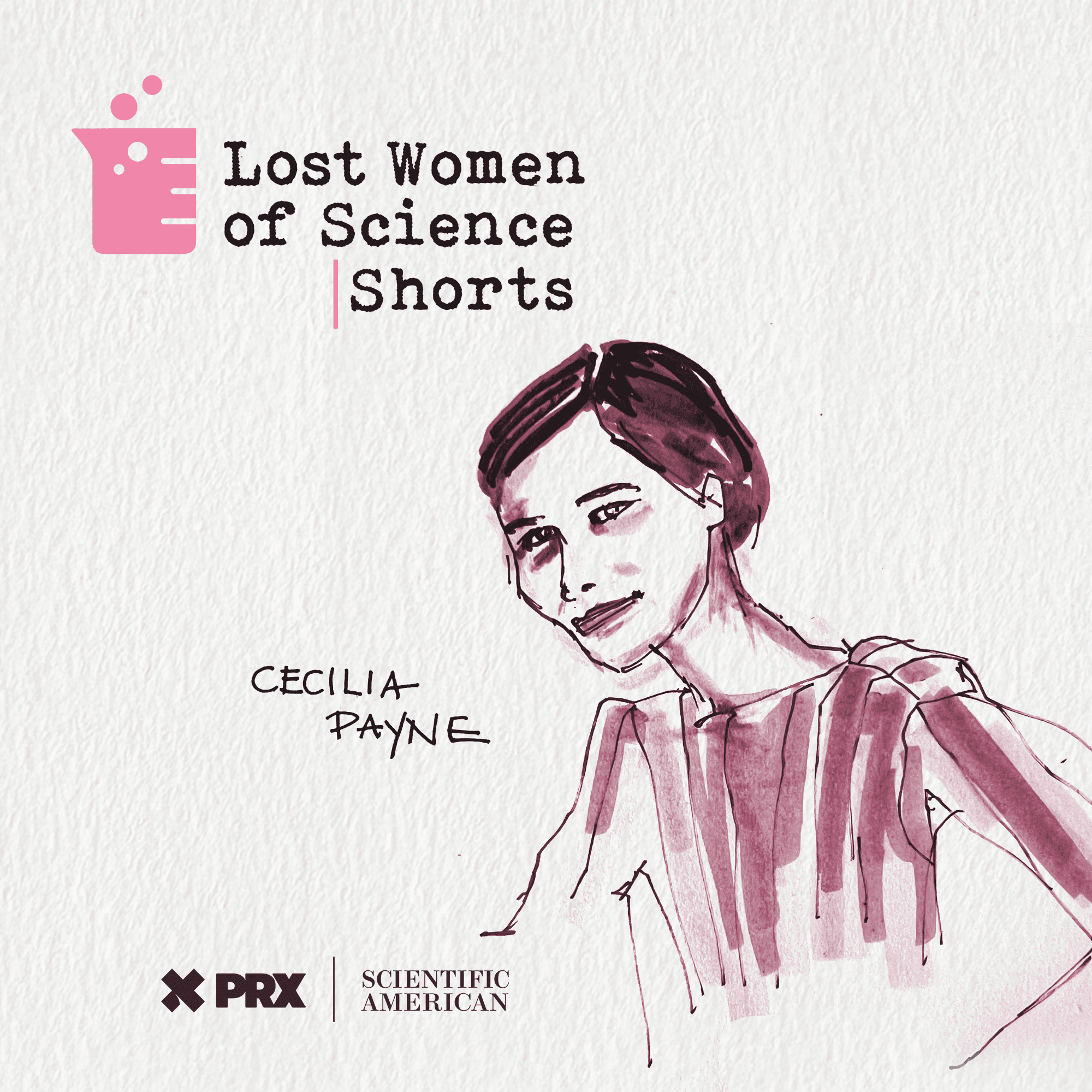


























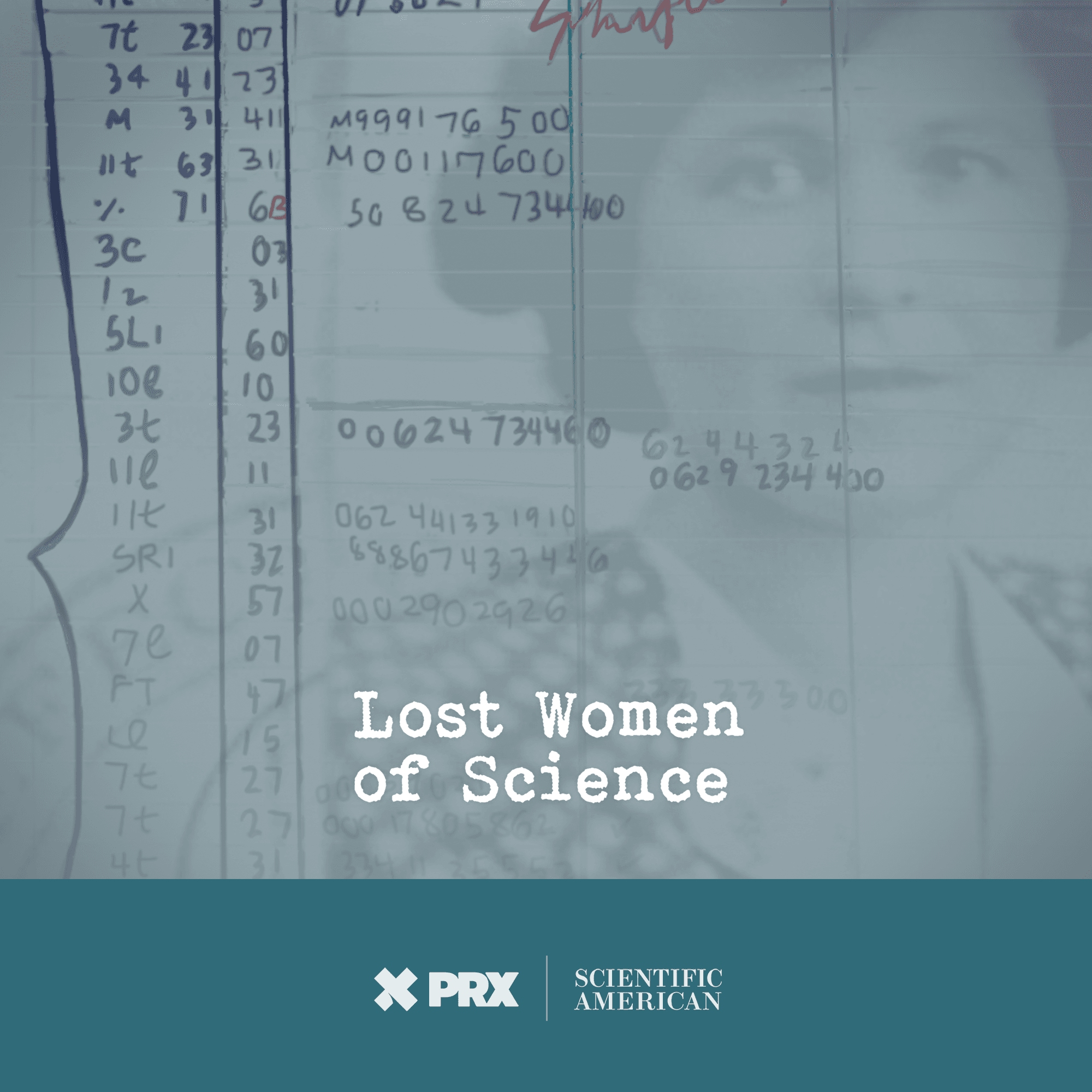
Revisiting the Pathologist in the Basement

A few important things have happened in the three years since we first aired The Pathologist in the Basement, the story of Dr. Dorothy Andersen, the first to identify cystic fibrosis. It’s safe to say that Dr. Anderson is now a little less lost. In Episode 1, Dr. Andersen sleuths her way to the discovery of cystic fibrosis, a fatal disease that affects the lungs, the pancreas, and a host of other organs. So, who was Dorothy Andersen, and how did she come to make this seminal medical contribution?
Learn about your ad choices: dovetail.prx.org/ad-choices